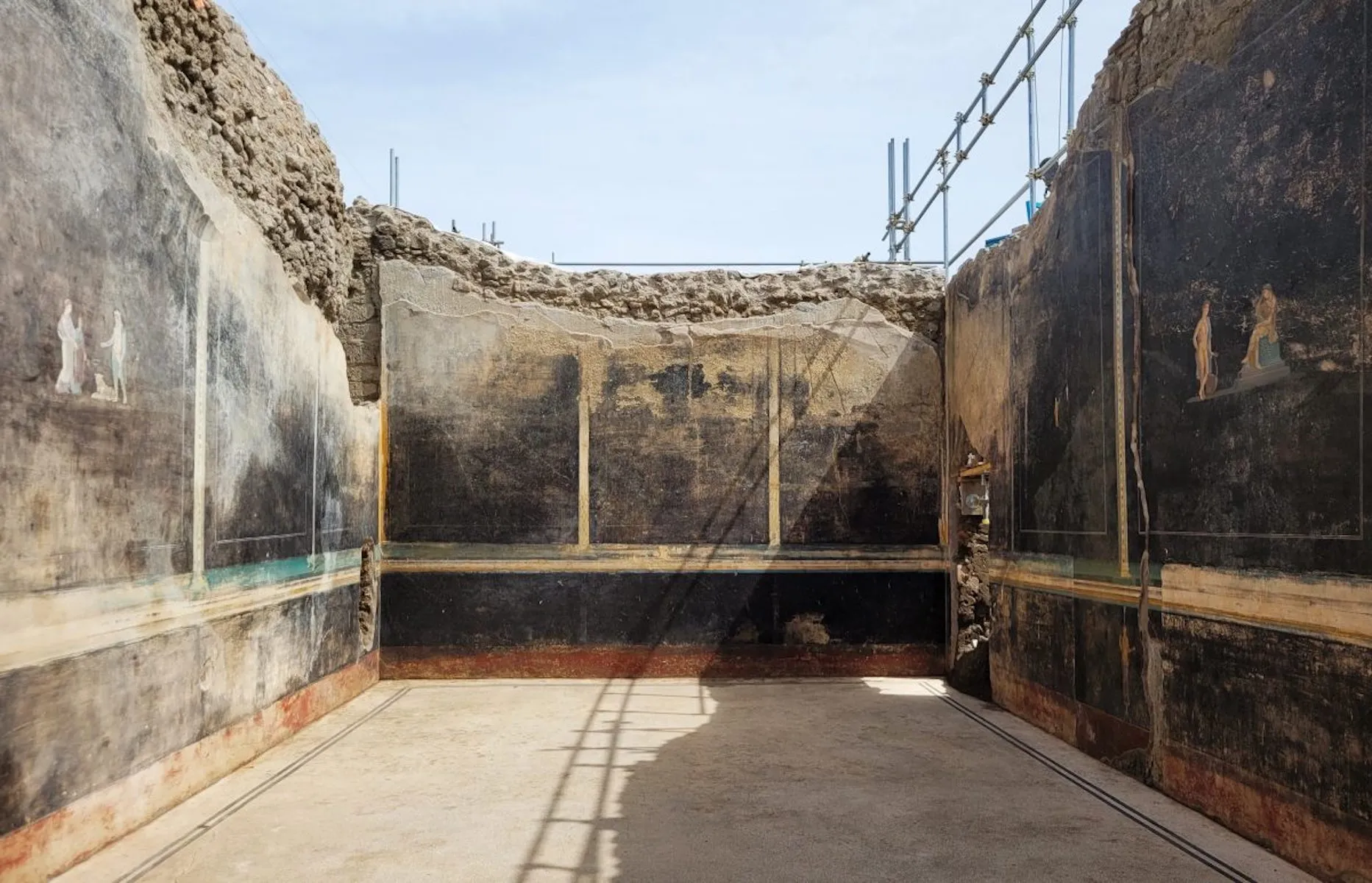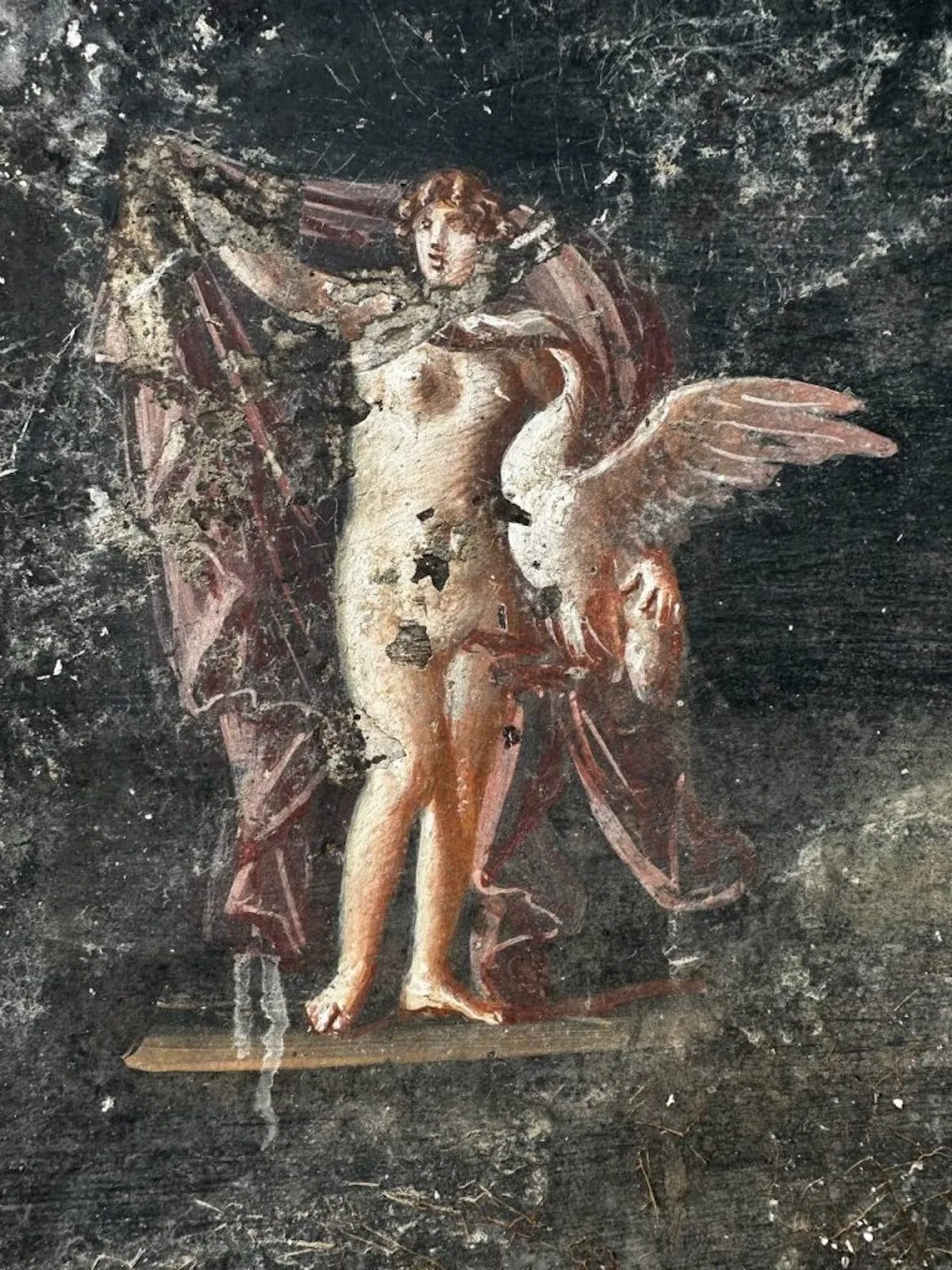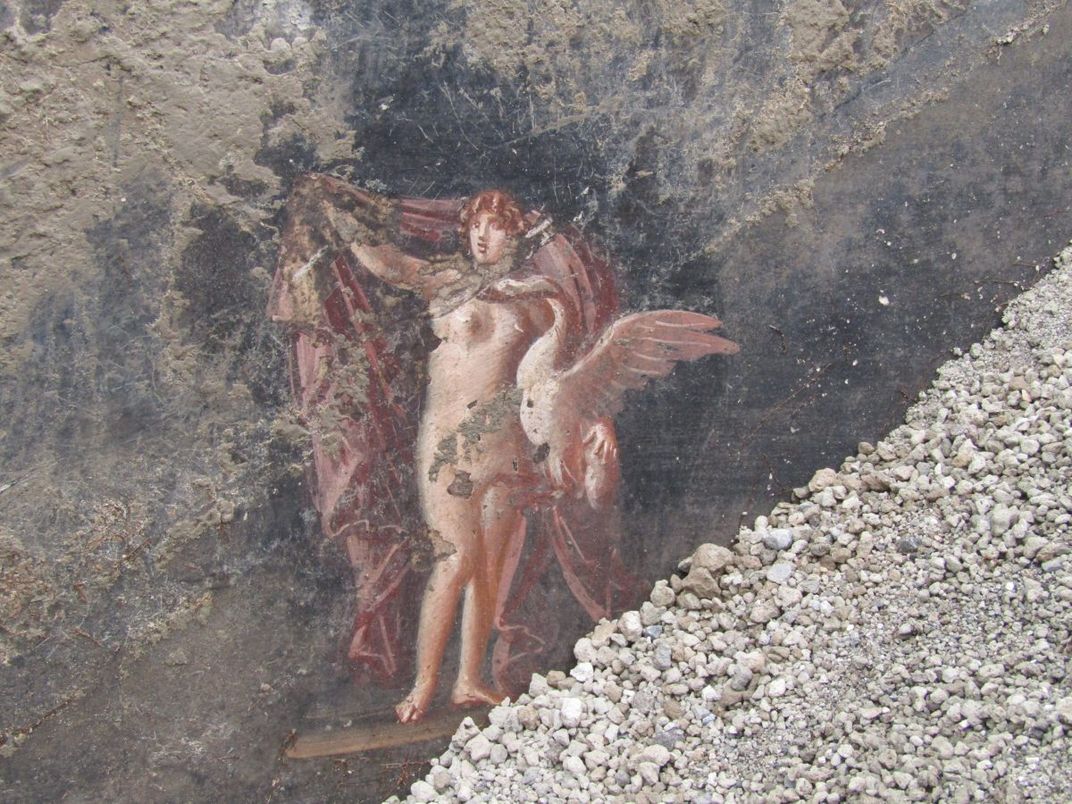At the moment, you can’t see the largest, most detailed handmade model of Imperial Rome for yourself. That’s because the Museo della Civiltà Romana, the institution that houses it, has been closed for renovations since 2014. But you can get a guided tour of “Il Plastico,” as this grand Rome-in-miniature is known, through the new Ancient Rome Live video above. “The archaeologist and architect Italo Gismondi created this amazing model,” explains host Darius Arya, previously featured here on Open Culture for his tour of Pompeii. Working at a 1:250 scale, Gismondi built most of Il Plastico between 1933 and 1937, with later expansions after its installation in the Museo della Civiltà Romana.
Archaeologists and other scholars have, of course, learned more about the Eternal City over the past nine decades, knowledge reflected in regularly updated digital models like Rome Reborn. But none have showed Gismondi’s dedication to painstaking manual labor, which allowed him to craft practically every then-known architectural and infrastructural feature within the walls of Rome in the Constantinian age, from 306 to 337 AD.
Arya points out recognizable landmarks like the Colosseum, the Forum, and the Pyramid of Cestius as well as bridges, river fortifications, aqueducts, and even landscaping details down to the level of individual trees.
Even when the camera zooms way in, Gismondi’s Rome looks practically habitable (and indeed, it may appeal to some viewers more than do the modern European cities that are its descendants). It’s no wonder that Ridley Scott, a director famously sensitive to visual impact, would use the model in Gladiator. And while a video tour like Arya’s provides a closer-up view of many sections of Il Plastico than one can get in person, the only way to fully appreciate the sheer scale of the achievement is to behold its physical reality. Luckily, you should be able to do just that next year, when the Museo della Civiltà Romana is scheduled to reopen at long last. But then, no more could Rome be built in a day than its museum could be renovated in a mere decade.
Related content:
A Huge Scale Model Showing Ancient Rome at Its Architectural Peak (Built Between 1933 and 1937)
Rome Reborn: A New 3D Virtual Model Lets You Fly Over the Great Monuments of Ancient Rome
Interactive Map Lets You Take a Literary Journey Through the Historic Monuments of Rome
Ancient Rome’s System of Roads Visualized in the Style of Modern Subway Maps
Based in Seoul, Colin Marshall writes and broadcasts on cities, language, and culture. His projects include the Substack newsletter Books on Cities, the book The Stateless City: a Walk through 21st-Century Los Angeles and the video series The City in Cinema. Follow him on Twitter at @colinmarshall or on Facebook.











